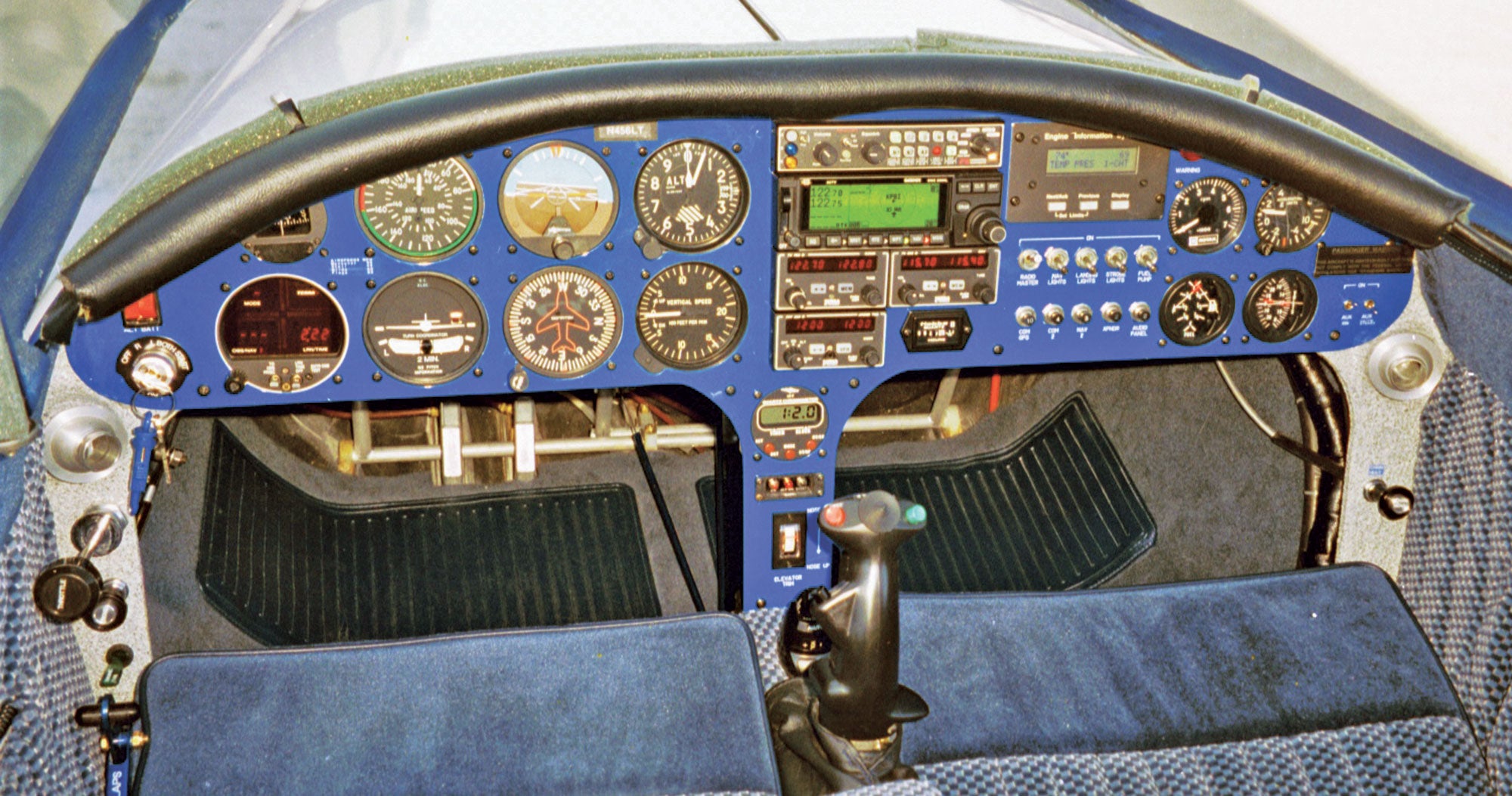
One of the many delights of building an airplane is the questions we get asked.
“What are you doing these days?”
“Building an airplane in the garage.”
“No, I mean, really.”
“I’m really building an airplane in the garage.”
“Really? Are you crazy?”
“Yes, I really am.”
The other questions are “How far along are you?” or “How is your project coming along?” “Nine hundred and fifty-four hours,” we reply. “Uh, wow. So how long until you fly it?” “I’m about 80% done.”
Eighty Percent Done
When a builder says “80% done,” what they mean is “80% to go.”
If you are a builder, you’ll recognize this odd statistical challenge. The further along you get in your project, the more work it seems to generate. If you haven’t started building yet, this is where the “double the time you think the project is going to take” advice comes in. The last 20% (that feels like 80%) is important. It arrives when we desperately want to speed things up and get in the air.
Why the last 20% is critical: Reaching the final stages in a build is surrounded by psychological factors. We may be pressured by fly-in dates; we may be running out of money; we may be taking shortcuts because we think things are taking too long. Rather than speeding up in a blur to takeoff time, we should stop and consider that how we handle the last stages of building can make big differences in safety, reliability, comfort and resale value.
Depending on what airplane you are building, you may have very detailed checklists and instructions. In my technical counselor experience, this happens in about 10% of the projects. I’ll assume you don’t have the details.
What To Pay Attention To
Safety items. Sit in your airplane and look around at switches, avionics and controls. Take your time. Yes, you can make engine noises if you wish. Who can resist? But: Are all the switches and controls clearly labeled? You might know what it does, but will others? Your FAA inspector or DAR will look for this also. Begin thinking about it now.
Now imagine that you have an in-flight emergency. In addition to the clarity of labels, can you reach and operate everything? Fasten and snug your seatbelt. Does it stop your forward movement where it needs to? Are anchors strong enough to hold someone two or three times your size?
Interior design. Now imagine that you have had a rough landing and run off into the weeds, suffering a very sudden stop. Have you padded the things you might find yourself hitting? As simple as this sounds, time and time again as a technical counselor and DAR, I found that the cockpit just hadn’t been finished. Padding around the top of the panel and other sharp obtrusions will go a long way in protecting occupants in case the seat belts fail.
That last 20% that feels like 80% is the time to slow down and pull out checklists, get other eyes on the project, call for a TC visit and sit in the airplane making noises. You’ll end up saving time because you will have addressed the details.













